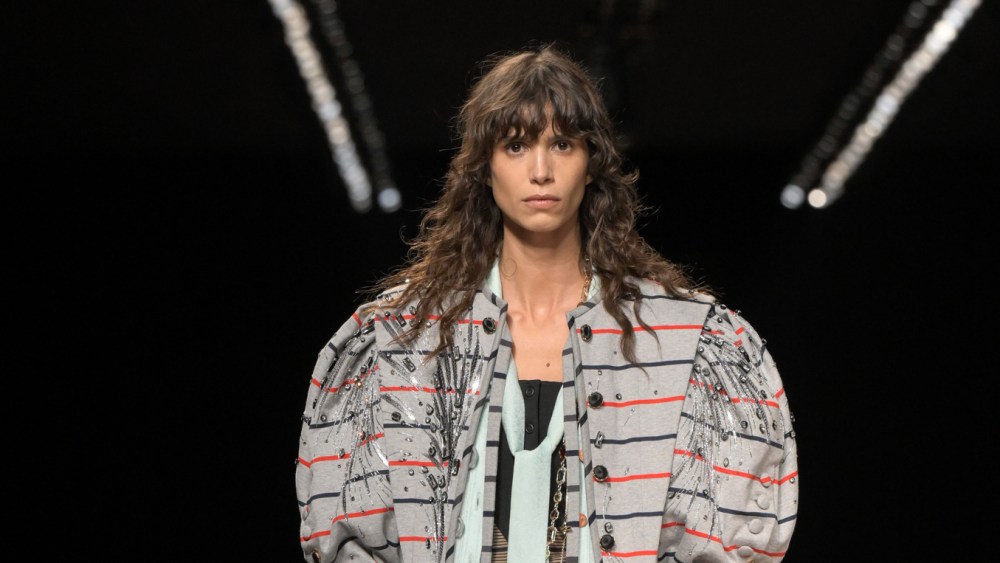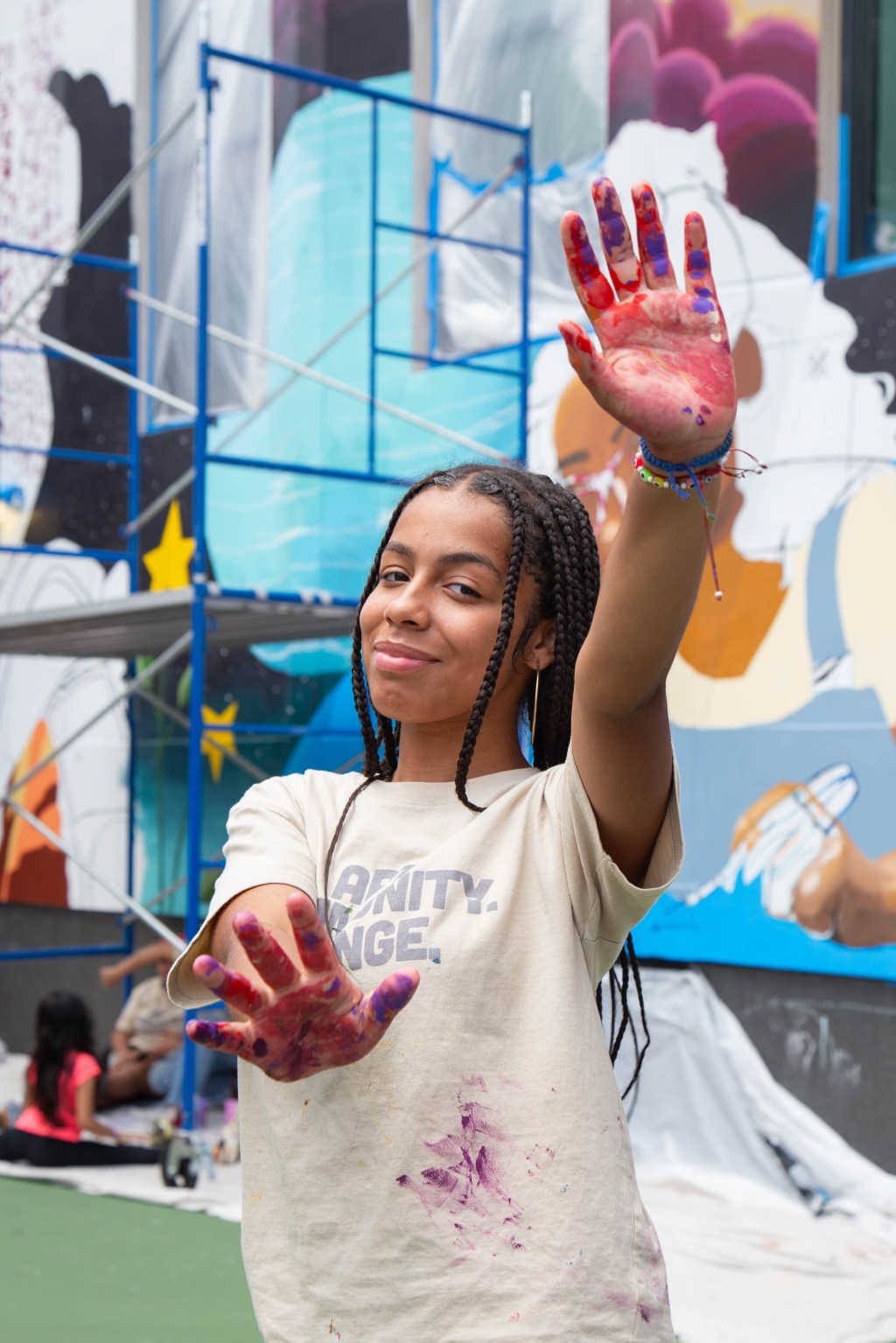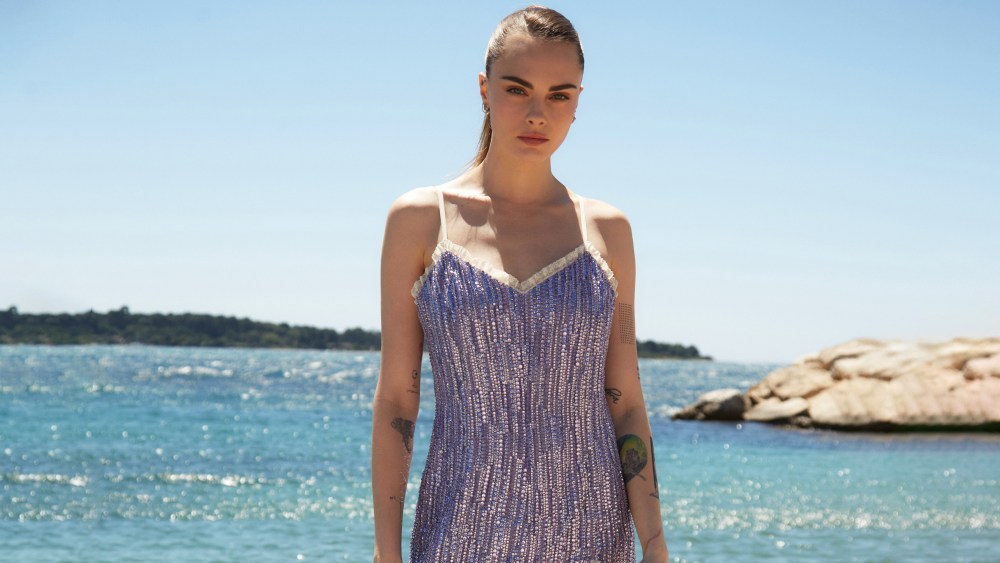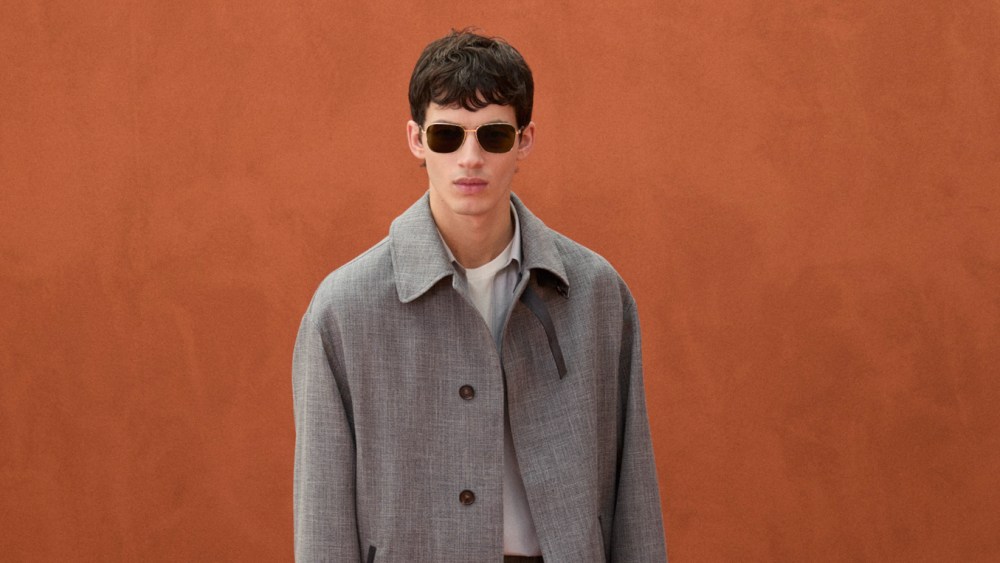One of Nicolas Ghesquière’s first design gestures at Louis Vuitton was to miniaturize and soften its most emblematic heritage product, the trunk, yielding an adorable little handbag.
Ten years later, the Petite Malle is still going strong and there were 10 extraordinary versions on Vuitton’s raised spring runway, a Jenga-like amalgamation of more than 1,000 trunks that emerged from the floor in spectacular fashion inside a purpose-built structure blackened with velvet from within, mirrored on the exterior to reflect the Cour Carrée of the Louvre.
Now, Ghesquière has applied a similar sleight of hand to his ready-to-wear, which by his own admission veers toward the stiff and architectural. This season, he told Vuitton’s flou atelier to build jackets, and the tailleur atelier to do “extremely fluid dresses,” resulting in one of the designer’s softest, most approachable collections yet, without blunting his experimental zeal.
“Soft power,” is how Ghesquière described the collection. “We thought it would be very interesting to break boundaries and to trying to define architecture in fluidity, strength in airiness, and how you can evoke this powerful silhouette, but in movement,” he said during a preview.
You May Also Like
Hence, his research focused on extremely light fabrics and textures, which made jackets more resemble blouses, coats akin to robes, and skirts scarf-simple. He added silvery embellishments that winked to his sci-fi proclivities, and trousers with one pant leg to show he still has guts.
In one of those coincidences you can chalk up to the zeitgeist, Ghesquière hit upon Renaissance-inspired silhouettes, just as Rei Kawakubo did at Comme des Garçons earlier in the week.
Born in France’s Loire valley, home to many royal palaces, Ghesquière confessed he’s long been fascinated by the Renaissance period, when “fashion started to exist as we know it. They decided to dress up, to embellish. Of course, there was some opulence, too, and they wanted newness.”
Hence the puffy sleeves, and generous peplums of his blouse-like jackets, styled with the offhand ease of a sweatshirt over biker shorts and flat, strappy sandals, the straps modeled after trunk handles.
Opulence also came through thanks to another key reference: an elaborate dress with a paper-doily ruff Ghesquière designed at the request of Irving Penn in 2007 so he could photograph actress Cate Blanchett as Elizabeth I.
“He really pushed me to transpose history into contemporary fashions,” he said of Penn. “The beginning of time clash was definitely that project.”
He was referring to his penchant for taking in a broad survey of history to arrive at fashions that he feels are very right for today.
This smooth, energetic collection — paraded to a bespoke mix of Jamie xx’s new material — concluded with a trio of iridescent shirts and sparkly, car-wash skirts done in collaboration with French artist Laurent Grasso, whose paintings often depict historical scenes with supernatural or extraordinary apparitions, like multiple moons or a UFO. They were dazzling.
The show also put the spotlight on an array of mouthwatering leather goods, from capacious day bags like the Greenwich, which Ghesquière dusted off from the archive, to a completely new model with a youthful spirit.
In the vein of the Petite Malle, Ghesquière said he designed the roomy, top-handled satchel with a leather jacket in mind, so you already know it’ll be soft.



